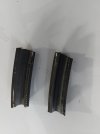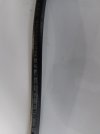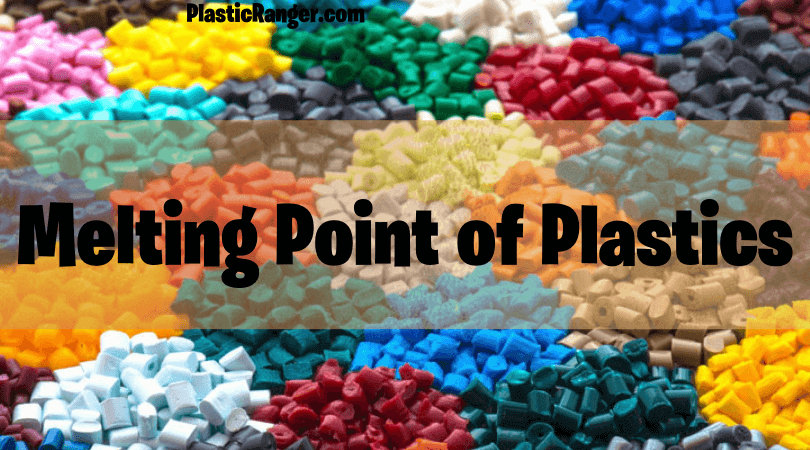- Joined
- Oct 6, 2010
- Messages
- 305
- Reaction score
- 32
- Points
- 28
- Location
- East Falmouth
- Model
- Express 265
I pulled the gas tank cover on my 2004 265 Express to change the fuel lines. (Thanks to all the tips on my earlier posts about doing this)
I changed all the lines with new Shields A1-15 lines. Not too difficult to do.
After looking at the old lines, while the outer surface was dirty, the inside looked good and not a crack to be found. So I cut open a random segment to check the inside more closely - looks like new. See the picture. I was able to find the label on the old hose and, true to how Grady builds a boat, they used a high quality line. I think they would have worked for many more years, but with only $100 for new hose and about 4 hrs, I have peace of mind!
I changed all the lines with new Shields A1-15 lines. Not too difficult to do.
After looking at the old lines, while the outer surface was dirty, the inside looked good and not a crack to be found. So I cut open a random segment to check the inside more closely - looks like new. See the picture. I was able to find the label on the old hose and, true to how Grady builds a boat, they used a high quality line. I think they would have worked for many more years, but with only $100 for new hose and about 4 hrs, I have peace of mind!






